The Missing Picture creatively relives the Cambodian holocaust and surmounts the storytelling problem intrinsic to retelling such horrors. Time inexorably passes, evidence disappears, and the last witnesses grow old. Memories alone are not necessarily cinematic, particularly to younger audiences, and especially when elders have been a silent generation.
Director Rithy Panh was 13 when he and his family woke up to the national nightmare of the Khmer Rouge driving everyone out of the capital, Phnom Penh, on April 17, 1975. Since then, he has sought visual proof “like a lost person” for a photograph of his family, searching from the ruins of the family home to archives of prisoner photographs—walls and walls filled with the last images of men, women, and children who were documented before their deaths from torture and maltreatment. But the tens of thousands who died in such prisons, as participants excruciatingly described in Panh’s S21: The Khmer Rouge Killing Machine (2003), are just a fraction of the two million who did not survive the brutality of a “pure revolution.”
There is only limited footage available of daily life in the renamed Kampuchea from 1975–1979, in faded propaganda newsreels of endless lines of anonymous men, women, and children moving rock, mud, and rice plants to remake the land to fit an extreme ideology of agrarian communalism. While these have been seen before, including in Panh’s earlier documentaries, the director noted at the New York Film Festival that he needed the necessary distance before he could tell his story in a first-person, present-day narration, with unusual visual illustration. On screen, sculptor Sarith Mang carves and paints expressive clay figures and places them in houses and villages in vivid dioramas.
Panh’s devastating descriptions seem out of dystopian fiction of an extreme classless society. Out amongst the peasants, urban families are separated, re-dressed in identical haircuts and black uniforms, and reeducated through the constant blaring of slogans. No more private property, “no more love, no more emotion.” The fanaticism behind this “pure revolution” was chillingly explained by a leading true believer in Panh’s Duch: Master of the Forges of Hell (2011).
Panh’s mother resisted this ideology by working extra hours to get him clean water and extra rations for his father, who nevertheless stopped eating out of despair. When his father’s body was dumped in a pit, she guided her son to silently mourn in a “funeral inwards” as an act of resistance—until she was taken away. More disappear one by one, the sculpted figures become gaunt and skeletal, and post-revolution footage reveals the digging up of mounds of bones.
During the disastrously ill-planned Great Leap Forward, Panh’s survival depended on sneaking carp, insects, and snails to eat. Other children couldn’t stop crying as they died of disease. He provides poetic context of nights remembering the technological marvel of Neil Armstrong walking on the moon and clinging to the idea that he still has a human heart, spurring him to flee to Thailand in 1979.
Strand Releasing is distributing this with a French narration by Randal Douc, but the sculptures powerfully carry his story. Much as Art Spiegelman in the Maus series reshaped the use of graphic novels to tell his father’s personal Holocaust story, these poignant dioramas movingly reinvent the static displays more familiar from history museums and school projects to bring Panh’s personal holocaust to life. Marc Wiese’s Camp 14: Total Control Zone (2012) similarly uses simple drawings to reveal daily life in North Korea’s concentration camps.
To encourage a revival, filmmakers are painstakingly piecing together scraps of photographs and memories to document Cambodian culture before the madness—Davy Chou’s Golden Slumbers (2011) about the movies and Jerome Ségur’s The Young Girl and the Monkey (2006) on a dancer who survived to re-create the Royal Ballet as a UNESCO-designated living heritage. Panh, founder and director of the Bophana Audiovisual Resource Center in Cambodia, significantly demonstrates how the arts can reveal a terrible past and help heal for the future.

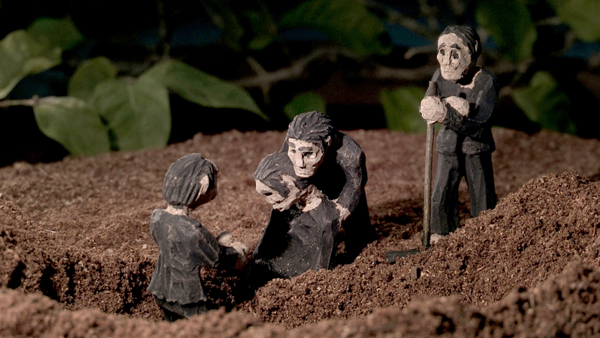
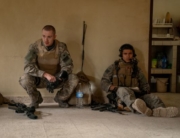
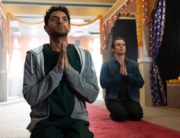

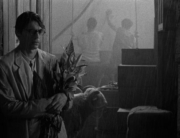


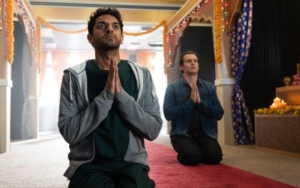
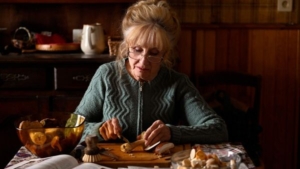


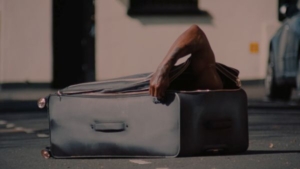




Leave A Comment